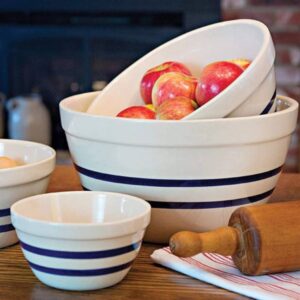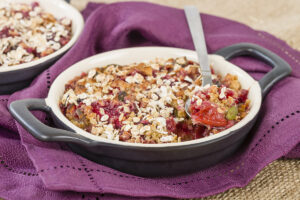With local or regional shortages of fresh produce resulting from the current pause in the economy, there has been a new interest in an old classic: planting Victory Gardens.
A Victory Garden – sometimes called a crisis garden – is simply a small garden squeezed into any available spot of dirt to supplement food sources during times of national emergencies (such as world wars). They were planted in yards, vacant lots, parks, sports fields, golf courses, roof tops, railway edges, and even bomb craters.
The History of Victory Gardens
Historically, planting Victory Gardens was encouraged to relieve pressure on an overburdened food system so more food could be shipped to soldiers. Governments urged civilians to do their patriotic duty and “sow the seeds of victory.” The cumulative harvest of millions of tiny gardens saved many nations from starvation.
Victory Gardens were not (necessarily) massive parcels capable of feeding entire neighborhoods. Most were small and concentrated plots tucked into odd corners and unused spaces. Most people focused on just a few staple vegetables, with surplus passed around and swapped. (“I’ll trade you a bushel of my carrots for a gallon of your strawberries.”) Neighbors traded with neighbors, family with family, friends with friends. Not only did Victory Gardens contribute to overall food security for nations under emergency conditions, but they strengthened bonds of community as well.
Victory Gardens also boosted morale, as participants felt empowered by their contributions of labor, and were rewarded with fresh produce and increased skills. During World War II, about one-third to one-half of America’s fruits and vegetables came from Victory Gardens. That is a staggering proportion.
Why Plant a Victory Garden
Today, as supply lines are straining because of the pandemic, people recognize the wisdom of securing their food sources and increasing their self-reliance. As a result, modern Victory Gardens are surging in popularity. Common planting choices include fast-growing foods such as beets, radishes, lettuce, spinach, carrots, kale, tomatoes, squash, zucchini, cucumbers, and herbs. Modern Victory Gardens don’t just provide food; they provide stress reduction, exercise, and educational opportunities (especially for children). There is literally no downside to growing a Victory Garden.
An excellent option for today’s Victory Gardens is either raised beds or raised containers, which allow novice gardens to control the quality of the soil. To clarify, raised beds are open to the ground and often used in yards. Raised containers have closed bottoms with drainage holes, and can be used on porches, patios, or other areas with no ground contact. Both provide similar benefits.

For clay-y soil, mix in some sand to loosen up the dirt. Compost will provide nutrients as well as a chance to recycle yard and household organic waste. Adding mulch such as straw, chopped leaves, or wood chips reduces water wastage and discourages weeds.
In limited spaces, vertical gardens can be planted upward instead of outward. Plants can be staked or trellised, or trained to grow in pyramids or on fences.
It’s time to rediscover Victory Gardening as a countrywide pastime. Every little bit helps to secure our food supply. Do your part to “sow the seeds of victory” during our national crisis.
































I remember, as a child, hearing about Victory Gardens, but honestly don’t know if it was from Mom or her Mom. I am currently living with my son’s family, and it frustrates me I can’t plant. Thinking about utilizing the plots the Church offers for now.